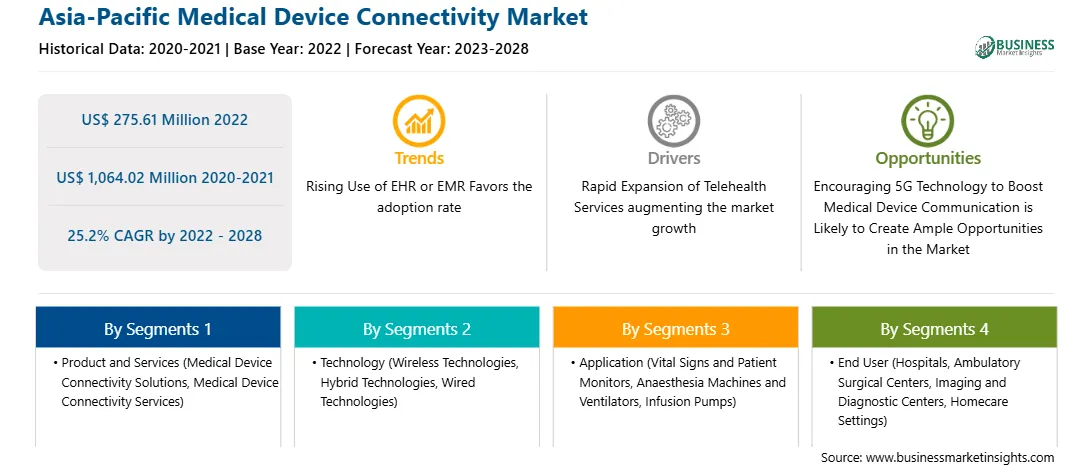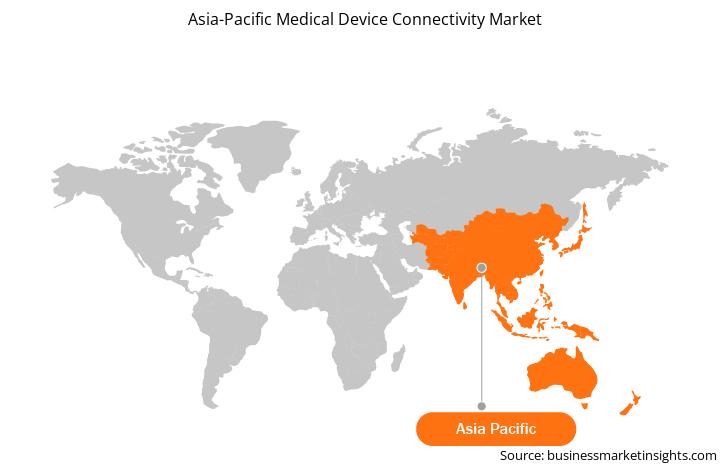The shift of point of care (PoC) from hospital to home provides good chances for better, consistent, and timely interaction between patient and doctor, making cloud and mobility-driven medical devices a foremost trend. Also, the COVID-19 crisis triggered the importance of AI in healthcare, which led to the growing emphasis on home-based care due to limited hospital bed capacity and a scarcity of skilled healthcare professionals. By monitoring the patient’s vitals remotely, healthcare professionals can avoid hospital admission if cases can be handled virtually, thereby reserving hospital beds only for patients requiring critical care. Home monitoring, often known as remote patient monitoring (RPM), has a subset of applications with different requirements and frequencies of data delivery, including monitoring chronic diseases and tracking patients’ health status. The bolstering numbers of connected medical devices, along with improvements in the systems and software that support the capture and transmission of medical-grade data, connectivity technologies and services have increased the adoption of the Internet of Medical Things (IoMT). Through IoMT, the connectivity between sensors and devices is expected to aid in real-time patient care, even remotely, thereby improving communication within and between medical facilities. Owing to the aforementioned factors, the market for medical device connectivity is expected to proliferate during the forecast period.
The Asia Pacific medical device connectivity market is segmented into China, Japan, India, South Korea, Australia, and the Rest of Asia Pacific. China held the largest market share in 2021, and India is expected to register a significant CAGR in the market. According to the data provided by Worldometer, ~44.70 million COVID-19 cases were reported in India, and ~33.44 million cases were reported in Japan as of March 2023. Due to the COVID-19 outbreak, which started in China, the government of China, India, and Japan imposed lockdowns and restrictions on travel. Hence, patients suffering from mild diseases in Asia Pacific opted for telehealth options for treatment. According to the survey completed by Bain & Company, in 2019, only 24% of Chinese respondents had used telemedicine, the technology that provides remote clinical services.
Strategic insights for the Asia-Pacific Medical Device Connectivity provides data-driven analysis of the industry landscape, including current trends, key players, and regional nuances. These insights offer actionable recommendations, enabling readers to differentiate themselves from competitors by identifying untapped segments or developing unique value propositions. Leveraging data analytics, these insights help industry players anticipate the market shifts, whether investors, manufacturers, or other stakeholders. A future-oriented perspective is essential, helping stakeholders anticipate market shifts and position themselves for long-term success in this dynamic region. Ultimately, effective strategic insights empower readers to make informed decisions that drive profitability and achieve their business objectives within the market. The geographic scope of the Asia-Pacific Medical Device Connectivity refers to the specific areas in which a business operates and competes. Understanding local distinctions, such as diverse consumer preferences (e.g., demand for specific plug types or battery backup durations), varying economic conditions, and regulatory environments, is crucial for tailoring strategies to specific markets. Businesses can expand their reach by identifying underserved areas or adapting their offerings to meet local demands. A clear market focus allows for more effective resource allocation, targeted marketing campaigns, and better positioning against local competitors, ultimately driving growth in those targeted areas.Asia-Pacific Medical Device Connectivity Strategic Insights

Asia-Pacific Medical Device Connectivity Report Scope
Report Attribute
Details
Market size in 2022
US$ 275.61 Million
Market Size by 2028
US$ 1,064.02 Million
CAGR (2022 - 2028) 25.2%
Historical Data
2020-2021
Forecast period
2023-2028
Segments Covered
By Product and Services
By Technology
By Application
By End User
Regions and Countries Covered
Asia-Pacific
Market leaders and key company profiles
Asia-Pacific Medical Device Connectivity Regional Insights

The Asia-Pacific medical device connectivity market is segmented into product and services, technology, application, end user, and country. Based on product and services, the Asia-Pacific medical device connectivity market is segmented into medical device connectivity solutions and medical device connectivity services. The medical device connectivity solutions segment registered the largest market share in 2022.
Based on technology, the Asia-Pacific medical device connectivity market is segmented into wireless technologies, hybrid technologies, and wired technologies. The wireless technologies segment registered the largest market share in 2022.
Based on application, the Asia-Pacific medical device connectivity market is segmented into vital signs and patient monitors, anesthesia machines and ventilators, infusion pumps, and others. The vital signs and patient monitors segment registered the largest market share in 2022.
Based on end user, the Asia-Pacific medical device connectivity market is segmented into hospitals, ambulatory surgical centres, imaging and diagnostic centres, and homecare settings. The hospitals segment registered the largest market share in 2022.
Based on country, the Asia-Pacific medical device connectivity market is segmented into China, Japan, India, Australia, South Korea, and the Rest of Asia-Pacific. China dominated the market share in 2022.
Cisco Systems Inc, Digi International Inc., GE HealthCare Technologies Inc, iHealth Labs Inc, Infosys Ltd, Koninklijke Philips NV, Lantronix Inc., Medtronic Plc, and Oracle Corp are the leading companies operating in the Asia-Pacific medical device connectivity market.
The Asia-Pacific Medical Device Connectivity Market is valued at US$ 275.61 Million in 2022, it is projected to reach US$ 1,064.02 Million by 2028.
As per our report Asia-Pacific Medical Device Connectivity Market, the market size is valued at US$ 275.61 Million in 2022, projecting it to reach US$ 1,064.02 Million by 2028. This translates to a CAGR of approximately 25.2% during the forecast period.
The Asia-Pacific Medical Device Connectivity Market report typically cover these key segments-
The historic period, base year, and forecast period can vary slightly depending on the specific market research report. However, for the Asia-Pacific Medical Device Connectivity Market report:
The Asia-Pacific Medical Device Connectivity Market is populated by several key players, each contributing to its growth and innovation. Some of the major players include:
The Asia-Pacific Medical Device Connectivity Market report is valuable for diverse stakeholders, including:
Essentially, anyone involved in or considering involvement in the Asia-Pacific Medical Device Connectivity Market value chain can benefit from the information contained in a comprehensive market report.